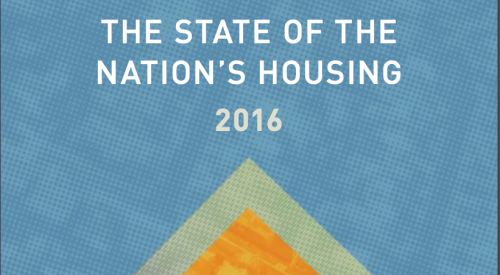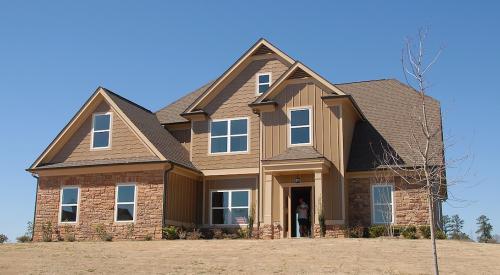Does it seem like everywhere you look there is a new luxury apartment? You are not going crazy. High-income renters made up 22 percent of the rental market in 2019, driving up prices and spurring the construction of more luxury high-rises. Renters are older, wealthier, and have larger households. They’re not renting because they are forced to, but because they want to. While this is a major payday for multifamily developers, it also raises questions regarding affordable housing: If new home prices are rising, and the rental market is more focused on luxury development, where does that leave those who cannot afford a home in the first place?
It’s a perfect storm for raising rental costs: low vacancy rates not seen in decades, an influx of high-income renters, constraints on building new apartments and homes, and the disappearance of low-cost rental units. A new report today from Harvard’s Joint Center for Housing Studies on the nation’s rental markets suggests the ongoing affordable housing crisis has evolved, with a growing number of well-to-do renters increasingly putting a strain on low-income, and increasingly middle-income, renters.
“Despite the strong economy, the number and share of renters burdened by housing costs rose last year after a couple of years of modest improvement,” says Chris Herbert, managing director of the Joint Center for Housing Studies, in a statement accompanying the report’s release. “And while the poorest households are most likely to face this challenge, renters earning decent incomes have driven this recent deterioration in affordability.”
A marked shift in who rents
Perhaps the most significant change in the nation’s rental landscape is the shift in just who is renting today. The rental market has welcomed increasing numbers of high-income renters, with the percentage of renter households making $75,000 or more in 2019 hitting 22 percent, the highest level on record.













